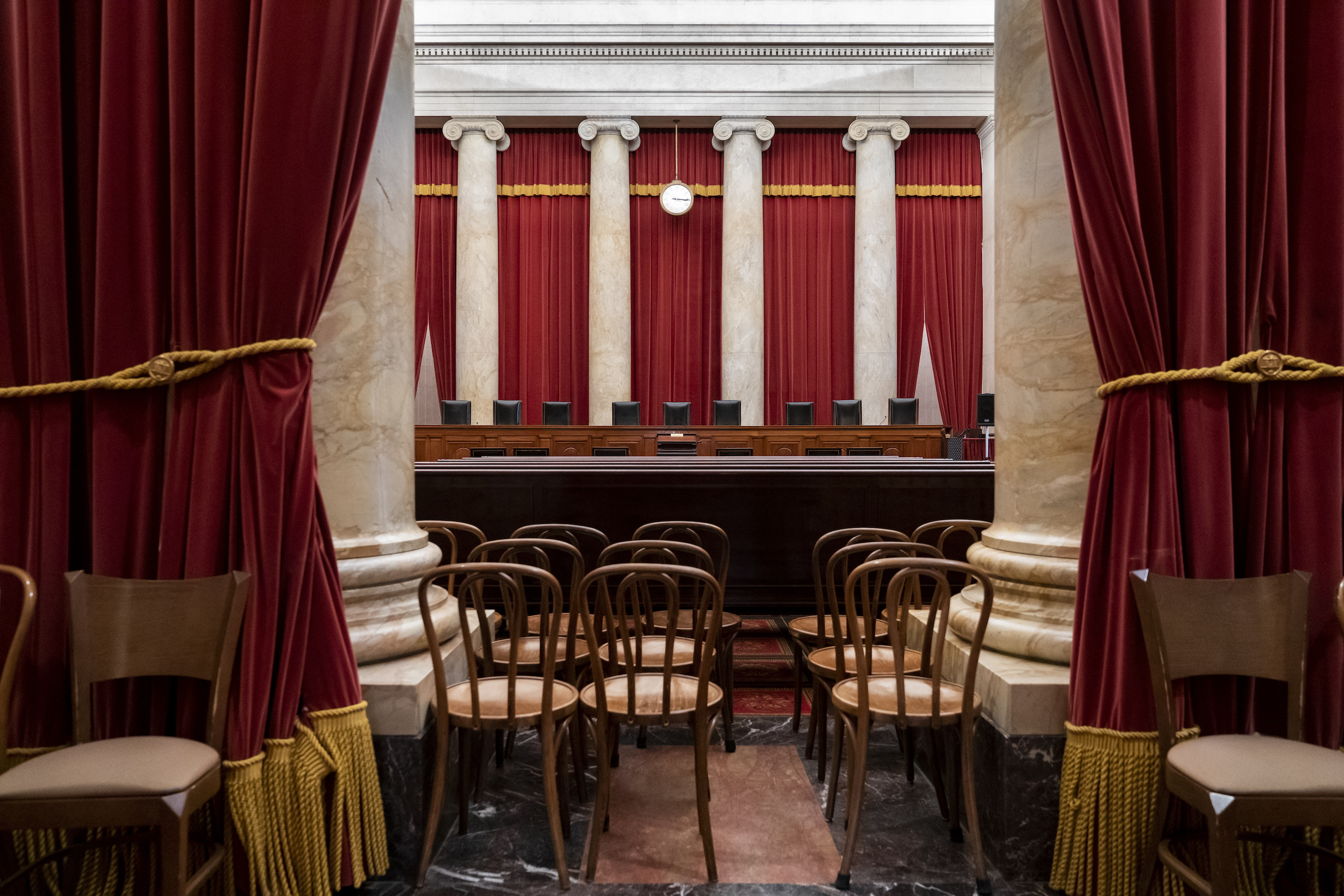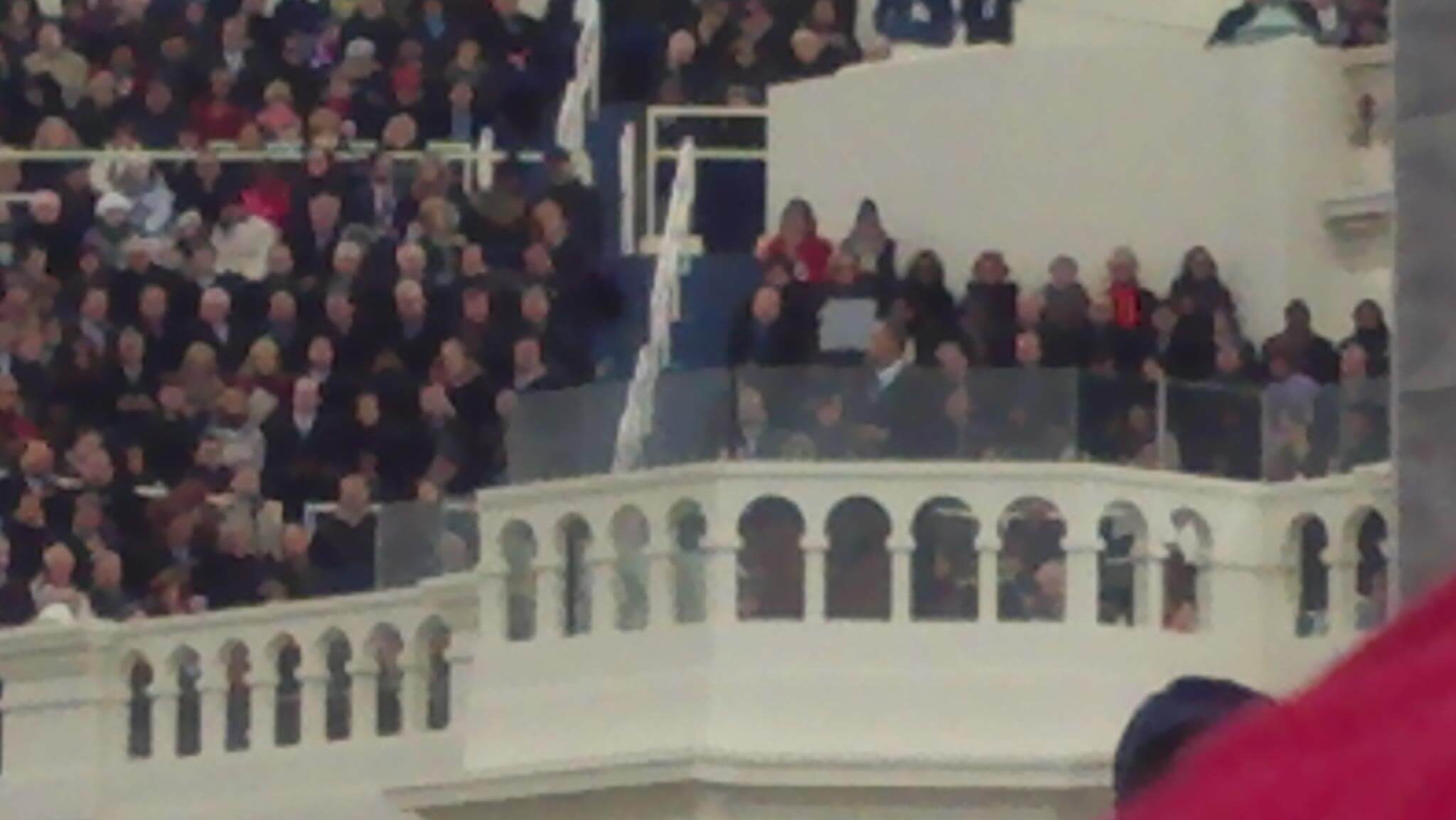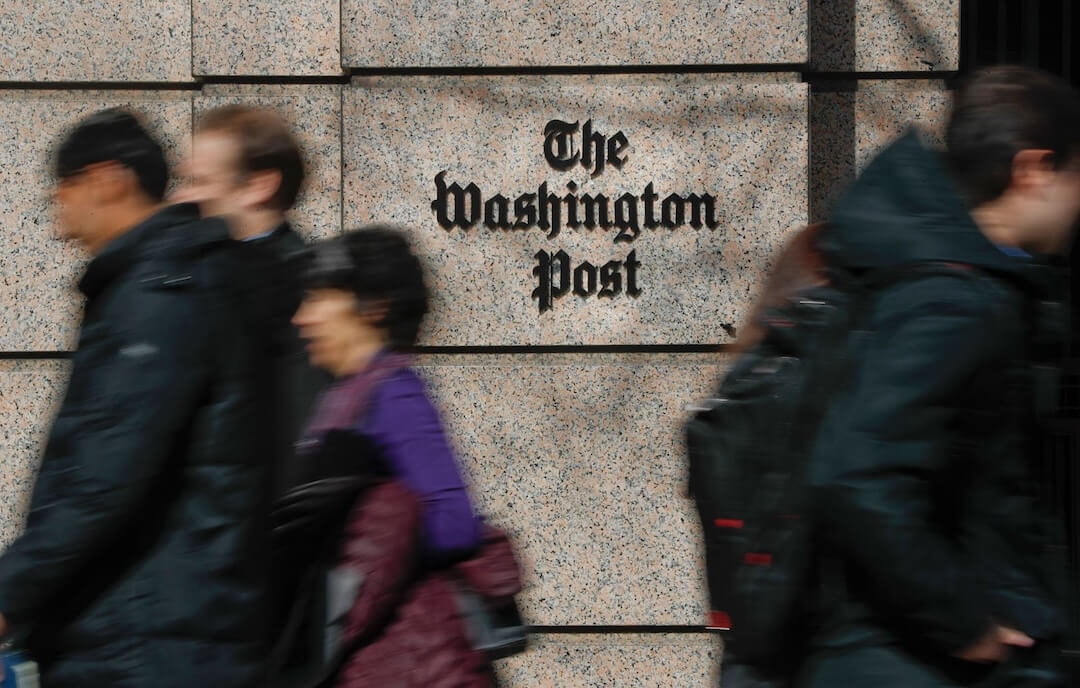 Covering COVID-19 is a daily Poynter briefing of story ideas about the coronavirus and other timely topics for journalists, written by senior faculty Al Tompkins. Sign up here to have it delivered to your inbox every weekday morning.
Covering COVID-19 is a daily Poynter briefing of story ideas about the coronavirus and other timely topics for journalists, written by senior faculty Al Tompkins. Sign up here to have it delivered to your inbox every weekday morning.
Condos don’t just fall. Even 40-year-old condos don’t just collapse without something being horribly wrong with them. The Champlain Towers South condo in Surfside, Florida, was in the process of being repaired and upgraded to qualify for recertification when a building wing collapsed.
Like other such tragedies, this one has a high potential to affect building inspections and construction nationwide, depending on what caused the collapse.
An investigation into the collapse cannot begin until the fire and rescue workers stop looking for victims and survivors.
Florida International University researchers tell USA Today that, while they do not know if it had anything to do with the collapse, their research last year detected that the condo building has been sinking at an alarming rate for a decade. Shimon Wdowinski, a professor in the FIU Department of Earth and Environment, says satellite readings indicated the building was sinking at a rate of 2 millimeters per year. He says that could be enough to cause structural problems. But it is way too early to draw any conclusions.
The FIU study was focused on sea-level rise and coastal flooding and the structual problems that both can cause for coastal buildings like the condo.
Similarly, court records show that in 2015, a lawsuit claimed the building’s management didn’t maintain an exterior wall that had been damaged by water. The lawsuit resulted in the building’s management company paying for repairs. But again, wall cracks are a long way from structural damage severe enough to cause a collapse.
Structural engineers noted that if a building was shifting enough to collapse, it would probably have been preceded by cracked walls, ceilings and floors. There are no reports of that prior to this collapse.
The Miami Herald includes this observation:
“I’ve seen things like this happen before, but never in the United States of America,” said architect Kobi Karp, who has designed some of the most notable buildings in Miami-Dade, including the Surf Club in Surfside. “It’s a 40-year-old building and we have buildings in Miami from the 1920s. It’s a sad, sad scenario that we may find out could have been prevented.”
In Miami-Dade County, buildings must undergo a recertification inspection when they turn 40 years old. The recertification involves a visual inspection of the building and recertification of the electrical wiring.
That process was reportedly underway when the condo collapsed. The condo association had hired an engineer to begin designing upgrades to get the new certification. WPLG reports:
That’s what was happening at this time, with work being done on the roof and elsewhere in the condo, officials say.
“The engineer has been working for many months to develop the specifications to work with the city,” said Kenneth Direktor, an attorney for Champlain Towers South Condominium Association, Inc. “What was in its infancy was the actual construction, which had not started with the sole exception that they had already begun on the roof.”
A representative for the owner said that as part of the recertification they were going to be doing a concrete restoration project, but that was not yet underway.
Questions are also being raised about whether the construction of a new building next door could have weakened this building.
WFOR-TV interviewed Paul Danforth, senior engineer and vice president of Corporate at Universal Engineering, who explains some of the areas that investigators will no doubt examine:
One of the potential primary concerns for an older building such as this is in potential corrosion that could occur from chlorides from saltwater getting into the concrete of exposed surfaces. In the construction process today, Danforth noted that chemicals are used on those exposed surfaces like balconies aiming to prevent the chlorides from getting into the concrete and then working their way into the reinforcing steel of the building. But, in the 1980s, Danforth said, the same chemicals weren’t available in construction.
You can learn more about building collapses from the Commerce Department’s National Institute of Standards and Technology.
Building collapse investigations follow a predictable order laid out by the federal government. Journalists should understand this. Your reporting may also follow this format:
(1) establishing the likely technical factor or factors responsible for the damage, failure, and/or successful performance of buildings and/or infrastructure in the aftermath of a disaster or failure event;
(2) evaluating the technical aspects of evacuation and emergency response procedures that contributed to the extent of injuries and fatalities sustained during the event;
(3) determining the procedures and practices that were used in the design, construction, operation, and maintenance of the buildings and/or infrastructure;
(4) recommending, as necessary, specific improvements to standards, codes, and practices as well as any research and other appropriate actions based on study findings.
There may be a new focus on the reinspection of buildings. In Florida, for example, we have pretty tough building codes, especially after they were strengthened following Hurricane Andrew and the 1981 collapse of another condo called the Harbour Cay Condominium in Cocoa Beach. That building was still under construction when it collapsed under the weight of a concrete roof as it was being put in place.
But once a building is occupied, the structural safety inspection requirements mostly end.
The Miami Herald thoughtfully got in front of this with a quick-minded op-ed that says:
The horror we’re experiencing today should serve as an urgent alert that older Florida structures need auditing and stricter oversight by the government.
Just as the FIU bridge collapse taught us many lessons about ignoring cracks on new construction, and about raising structures while people are driving underneath it, this condo collapse must also come under the most rigorous of investigations.
And this time, instead of giving culprits a new lease on continuing to operate soon forgetting the victims of neglect, this new terrible chapter calls for a new playbook for the oversight of renovations and stricter review of old structures.
None of us will be surprised when the investigations ahead turn up a system of lax and backlogged building inspections. In recent months, journalists have reported that inspections and citations slowed significantly during the pandemic and housing crisis.
Mass tragedies often lead to big changes in safety and inspection laws. Here is a Commerce Department list of some significant safety changes that resulted from disasters in the U.S.:
- World Trade Center (WTC) Investigation (2001), a total of 40 code changes, consistent with the recommendations, have been adopted in the 2009 and the 2012 editions of the I-Codes (viz., the International Building Code, IBC, and the International Fire Code, IFC). The I-Codes are a state-of-the-art model code used as the basis for building and fire regulations promulgated and enforced by all 50 U.S. states and key local jurisdictions. NFPA has adopted 10 additional WTC-related changes in the Life Safety Code (NFPA 101) used in 39 states, and two changes in the Uniform Fire Code (NFPA 1) used in 20 states.
- The Station Nightclub Fire (2003): sprinklers, restricted festival seating, crowd manager, and egress inspection record-keeping requirements for new and existing facilities adopted in NFPA 101 (Life Safety Code).
- Jarrell, TX, Tornado (1997): enhanced Fujita (EF) Tornado Intensity Scale adopted by NOAA’s National Weather Service.
- Northridge Earthquake (1994): design guidelines for seismic rehabilitation of existing welded steel frame buildings adopted by the American Institute of Steel Construction.
- Hurricane Andrew (1992): upgraded wind load provisions adopted in HUD’s Manufactured Home Construction and Safety Standards.
- DuPont Plaza Hotel Fire, San Juan PR (1986): passage of the Hotel-Motel Sprinkler Act.
- L’ Ambiance Plaza, Hartford CT (1982): improvements in OSHA’s safety and inspection requirements for lift-slab construction.
[the_ad id=”667826″]
Police are quitting in droves as Chauvin faces sentencing
As Derek Chauvin learns today how many years he will serve in prison, police departments around the nation are losing officers and having big problems recruiting new ones.
The New York Times reports the last year has been, for many, a breaking point:
A survey of almost 200 police departments indicated that retirements were up 45 percent and resignations rose by 18 percent in the year from April 2020 to April 2021 when compared with the previous 12 months, according to the Police Executive Research Forum, a Washington policy institute.
New York City saw 2,600 officers retire in 2020 compared with 1,509 the year before. Resignations in Seattle increased to 123 from 34 and retirements to 96 from 43. Minneapolis, which had 912 uniformed officers in May 2019, is now down to 699. At the same time, many cities are contending with a rise in shootings and homicides.
And still, a recent Marist poll for PBS NewsHour says the majority of Americans trust police to “keep them safe” and “protect them from violent crime,” although Black Americans have far less confidence than white and Latino Americans.
Senate Judiciary approves a bill that would put cameras in the U.S. Supreme Court

The empty courtroom is seen at the U.S. Supreme Court in Washington as the justices prepare final decisions of the high court’s term, Monday, June 24, 2019. (AP Photo/J. Scott Applewhite)
Glory be! America is one step closer to moving into the 1990s. Politico reports:
The Senate Judiciary Committee approved a pair of bills Thursday that would dramatically expand video coverage of federal court trials and other proceedings while putting Supreme Court arguments on camera for the first time.
It is the first time there has been a serious attempt to get the legislation passed in decades. While there is some bipartisan support for the legislation, others — including Ted Cruz — say it is a bad idea because lawyers will play to the camera.
I make no secret of my support for cameras in courtrooms. This is a long way from becoming reality but, at a time when people cannot get into courtrooms for security and pandemic reasons, it is beyond me why we do not let the public watch their government in action, especially when the courts make decisions of overwhelming public interest.
The untold story of President Trump’s COVID-19 illness
Probably to nobody’s surprise, new details are emerging that Donald Trump was far sicker with COVID-19 than we knew at the time. The latest details come from a book written by two Washington Post reporters. Here is an excerpt.
[the_ad id=”667872″]
What is killing birds in six states?
I would not go so far as to call this alarming — yet — but there are concerning reports of unusual bird deaths across a half dozen states (Kentucky, D.C., Ohio, Indiana, Maryland, Virginia and West Virginia).
Wildlife experts in at least six states and Washington, D.C., have reported an increase in sick or dying birds in the past month. The most commonly afflicted birds are blue jays, common grackles and European starlings.
“We’re experiencing an unusual amount of bird mortality this year,” said Kate Slankard, an avian biologist with the Kentucky Department of Fish and Wildlife Resources. “We have yet to figure out what the problem is. The condition seems to be pretty deadly.”
The Arlington County Animal Welfare League is asking people to remove bird feeders, for now, until the source of the problem(s) can be pinpointed.
The states are working together to try to figure out what is going wrong. Some leading theories include a connection with the cicada outbreak or some kind of infectious disease.
Preliminary information suggests that a bacterial disease might be the cause of the deaths. One wildlife veterinarian wrote in a post, “The resolution of (a bird’s symptoms) after administration of an antibiotic suggests that this is a bacterial infection, not a virus. Hopefully we will have more definitive answers from the lab in a couple of weeks.”
There is another theory that links the cicada emergence to the bird deaths. But it is a suspicion that people are using pesticides for the cicadas and inadvertently poisoning the birds.
⚠️ DON’T use insecticide on cicadas! ⚠️ Remember that many animals, including birds, bats, dogs, and cats, eat cicadas and can get very sick if they ingest insecticide. Help us keep local animals safe and well – the cicadas won’t be here for that long, anyway! pic.twitter.com/c2LHN1tDc2
— AWLArlington, VA (@AWLAArlington) May 25, 2021
Indiana is having a different kind of problem, with an unusual number of deaths of blue jays, robins, northern cardinals and brown-headed cowbirds. The deaths have mostly been confined to five counties. They tested the dead birds for the problems they know, avian influenza and West Nile virus, and all the tests came back negative. They are looking at other possibilities now.
All of this may sound familiar. Last fall, western states noted hundreds of thousands of unexplained bird deaths. That mystery is also unsolved but it may have been a combination of things, such as a lack of food and unusual weather. The Southwest’s drought means that there are fewer insects for birds.
All of this should be taken into context. While mass bird kills are not unheard of, the Audubon Society reminds us that “North America has lost more than 1 in 4 birds in last 50 years.”
People seem to want to dress up again
Maybe it is real and maybe it is wishful thinking, but retailers claim that people want to get dressed up and go places again. Forbes reports:
Retailers across the spectrum are reporting an uptick in consumer demand for dresses and dressy styles. Ted Baker is the latest brand to share that dresses and suits were in demand again.
“Most recently we are seeing dresses back to the same level (in the) mix of our business as it was two years ago,” Rachel Osborne, chief executive officer at Ted Baker, told Reuters. “(We) are seeing people coming in for suits, the wedding season is hopefully starting.”
The U.S. dress market totaled $84.6 billion in 2020, according to analysis by Coresight Research and Euromonitor data — a 32% decline over 2019. Coresight expects U.S. dress sales to total $97.5 billion in 2021 and $104.7 billion in 2022 — a year-over-year increase of 15% and 7%, respectively.
“Consumers are shopping for dressier categories driven by fun as more consumers will be able to attend events and join gatherings,” says Sunny Zheng, analyst at Coresight.
NPR claims that the new back-to-the-office look will be “power casual.” Here is a description of what that looks like:
Helen Lambert, an international trends expert and CEO of The Style Pulse, says people will wear clothing they’re able to move freely in but are more structured, durable and sustainable. Comfortable dresses will replace the chic loungewear that was popular at the start of the pandemic. Men will let go of their ties and suit jackets and opt for more laid-back button-ups that emerged over the last few months.
Women’s workwear company M.M.LaFleur has shifted its focus to “power casual” looks, CEO Sarah LaFleur told NBC News. Those, she said, are a step down from business casual.
That might look like a top, with the comfort and look of a sweater and the sophistication of a lapel, says Richard Thomas Ford, a Stanford University law professor and author of the new book, Dress Codes: How the Laws of Fashion Made History.
It all sounds terribly complicated to me.
[the_ad id=”667878″]
We’ll be back Monday with a new edition of Covering COVID-19. Are you subscribed? Sign up here to get it delivered right to your inbox.








